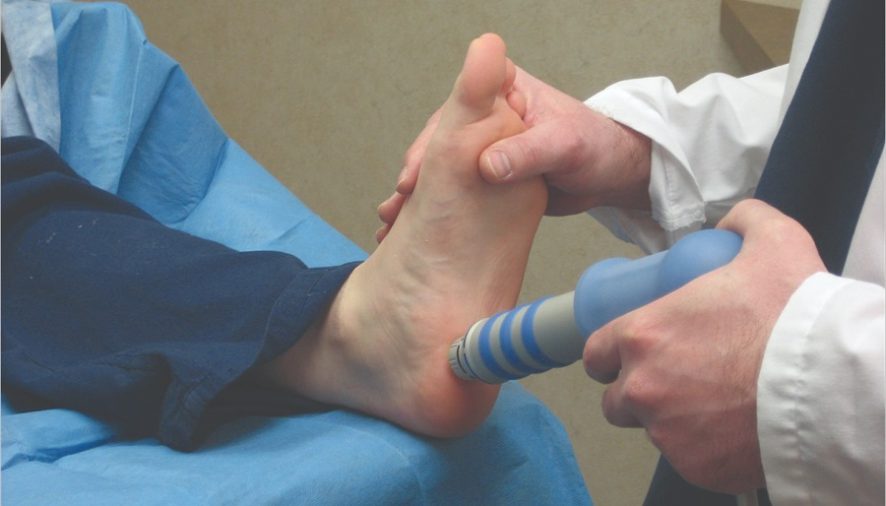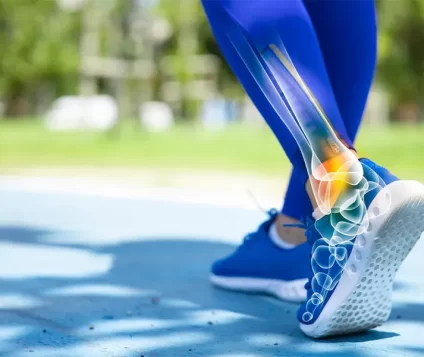The Symptoms Of Plantar Fasciitis

What are the symptoms of Plantar fasciitis? Plantar fasciitis usually has several symptoms that can be challenging to deal with. It is a pain that feels like being stabbed by a knife in the bottom of your foot, right near the heel area. When she wakes up, after a rest, she will feel pain normally within the first few steps. If she stands on her feet for a long time, the pain can be felt and the same when she is sitting. Even if she exercises, the pain is still felt.
Plantar fasciitis can cause pain in her calf. Pain in her calf usually comes from muscles that are too tight. If she experiences that those muscles are tight, it can create additional stress on the plantar fasciitis. Plantar fasciitis itself does not cause pain in the calf muscle.
Plantar fasciitis can also cause her to have pain in her ankle. Pain in plantar fasciitis in the foot can occur at times but, if it irritates a nerve, the pain can flow up to her ankle.
The fascia supports the muscles and arch of her foot. When she stretches her foot more than necessary, she can get small tears on its surface. This can bring her inflammation and pain. She is at high risk of getting plantar fasciitis if she is over forty years old, is obese, if she wears high-heeled shoes a lot, wears worn-out shoes with thin soles, if she has high arches or flat feet, have tight Achilles tendons, and has an abnormal foot position or walk.
The plantar fasciitis symptoms usually appear after she has changed her routine, like wearing new shoes or exercising on a floor. She can do exercises every day to help reduce any pain with her condition. The main exercise is stretching. Some examples she should do are toe stretching, calf stretch, marble pickups for strengthening, and a stretch used by an ordinary towel. These exercises are best to do at least two to three times each day, but she should never overdue them out of desperation. Working hard and trying to maintain these exercises seriously will be an improvement for her.
Plantar fasciitis is detected centered on a physical examination and the history of the condition (like in family). This condition can take place by an underlying disease or alone. Plantar fasciosis is painful because she has poor blood supply to the scarred tissues and is resistant to treatment that reduces inflammation.
She should be examined by an X-ray testing since it can show an associated heel spur if it is visible. If she takes an ultrasound, then it can also be helpful in diagnosing if she has plantar fasciitis.
Plantar fasciitis can only be prevented by treating any primary related inflammatory disease and wearing the best shoes and inserts when possible.
Plantar fasciitis is treated by events that avoid reinjury and reducing the associated inflammation. Using an ice massage will help to cut back a large amount of inflammation and pain that she may be feeling. If she wants to try physical therapy to help fight plantar fasciitis symptoms, doing various stretching exercises will always be helpful. Medications using cortisone injections and Advil are helpful. She will like the fact that wearing comfortable and breathable running shoes can be helpful since it will reduce the irritation of inflamed tissues from plantar fasciitis. Most orthotic shoe inserts are very helpful since it can cut back the additional motion of the foot and decrease strain to the plantar fascia.



















